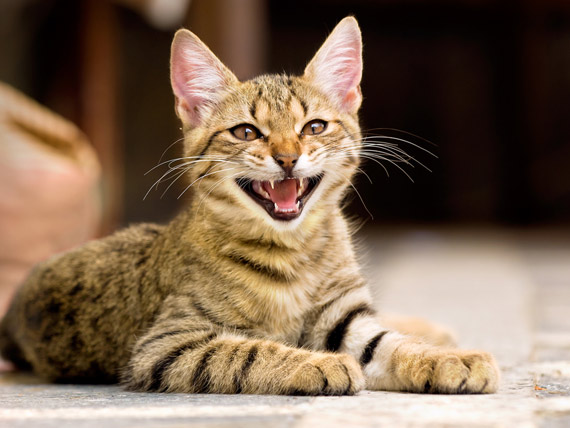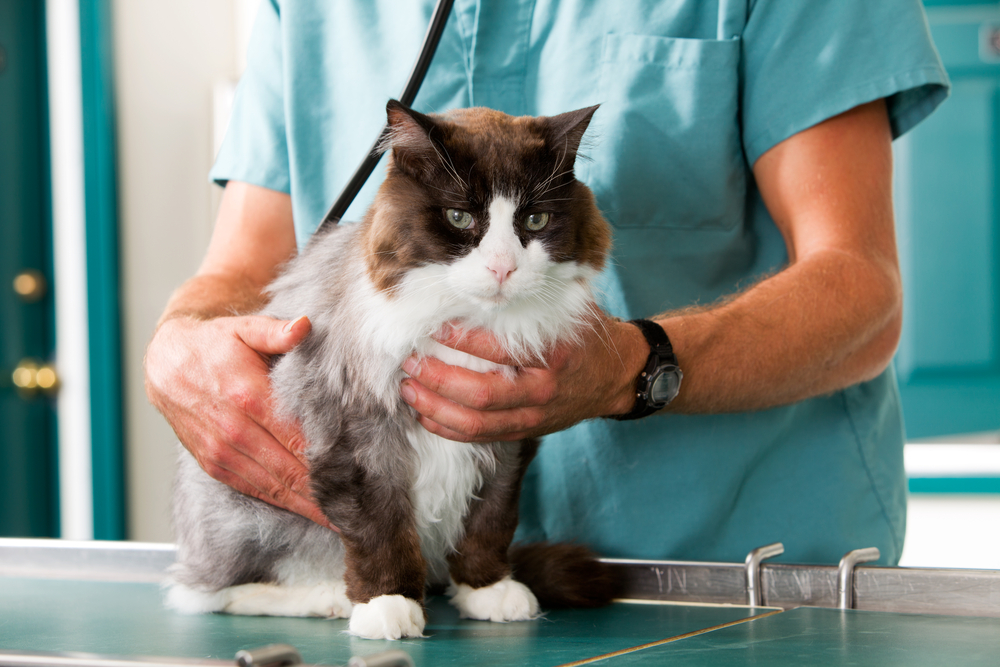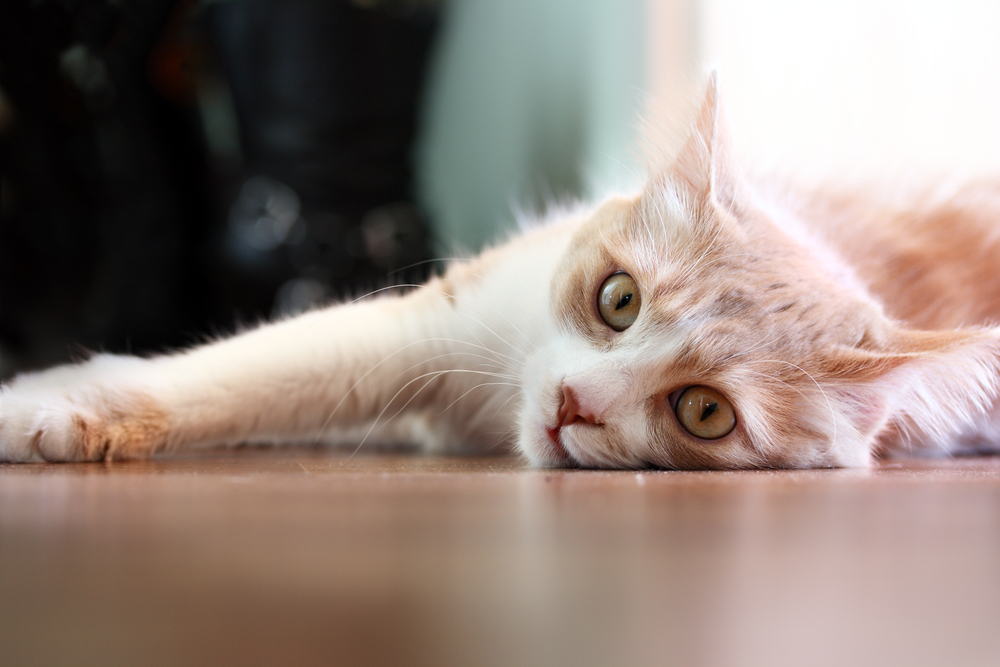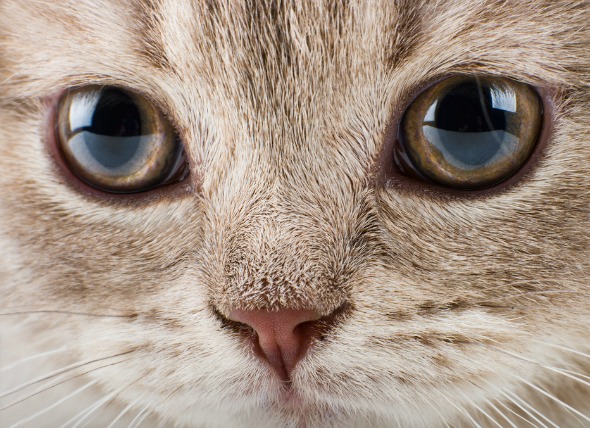

Excessive vocalization refers to uncontrollable, excessive meowing or crying, often occurring at inappropriate times of the night or day. Such vocalization can be due to pain, illness, cognitive dysfunction syndrome (CDS), or may be related to a decline in hearing in senior pets.
CDS is often associated with night waking, during which excessive vocalization occurs. Excessive meowing may also be related to behavioral conditions, which may be controlled by behavior modification training.
Cat breeds that are naturally high energy may be prone to excess meowing. Oriental cat breeds, like the Siamese, may be more prone to excessive vocalization. Intact cats, both male and female, are also very vocal during estrus and mating.
If the increased vocalization is out of the ordinary for your cat, you will want to have health problems ruled out before considering behavior modification. Your veterinarian can perform a full medical work-up, including a chemical blood profile, complete blood count (CBC), urinalysis and electrolyte panel, along with a complete physical exam. Possible incidents that might have led to this condition will also be considered, and a thorough history of your cat's behavioral health leading up to the symptoms will be taken into account.
It is critical to rule out a non-behavioral, physical cause of the vocalization first. Imaging can be helpful for ruling out medical/neurological disorders, and BAER (brainstem auditory evoked response) testing can be done if auditory decline is suspected.
A plan must be created which is customized to suit your cat and your personal living conditions, your household, and the type of problem, being sure to attempt to resolve the underlying cause before behavioral modifications are begun.
Do not reinforce the vocalization. This means not picking your cat up when it is meowing, but also includes not punishing the behavior, which is still regarded as attention. Instead, positively reward your cat when it is calm and quiet and lead by example by remaining calm as well. Also, counter-condition your cat to calm down when stimulated. Training your cat to be quiet on command will be the priority.
To prevent your cat from becoming accustomed to the attention received by barking or crying, a quiet response can be reinforced using disruptive devices such as alarms or water sprayers. Becoming more attentive to the triggers that cause your cat to meow excessively will help you to distract your cat before it becomes excited or anxious.
Medications might be indicated if there is real anxiety, conflict, excessive responsiveness to stimuli or a compulsive disorder:
You may need to return with your cat to the veterinarian or to a behavior specialist to modify the program based on your cat's particular response. Obedience training and quiet command training are often effective in cats. Cats should be habituated and socialized to a variety of stimuli and environments throughout development, including to other people and pets. This desensitizes the cat to novel experiences, reducing anxiety, and over-excitation.
Image via Shutterstock
 Lack Of Digestive Enzymes in Cats
Exocrine Pancreatic Insufficiency (EPI) in Cats
E
Lack Of Digestive Enzymes in Cats
Exocrine Pancreatic Insufficiency (EPI) in Cats
E
 Inflammation of the Soft Tissues in a Cat's Mouth
Stomatitis in Cats
Stomatitis is the condition wh
Inflammation of the Soft Tissues in a Cat's Mouth
Stomatitis in Cats
Stomatitis is the condition wh
 Antifreeze Poisoning in Cats
Ethylene Glycol Poisoning in Cats
Ethylene
Antifreeze Poisoning in Cats
Ethylene Glycol Poisoning in Cats
Ethylene
 Collection of Fluid in the Lungs (Not Due to Heart Disease) in Cats
Noncardiogenic Pulmonary Edema in Cats
Noncardiog
Collection of Fluid in the Lungs (Not Due to Heart Disease) in Cats
Noncardiogenic Pulmonary Edema in Cats
Noncardiog
 Blood in the Front of the Eye in Cats
Hyphema in Cats
Hyphema, or blood in the anterior
Blood in the Front of the Eye in Cats
Hyphema in Cats
Hyphema, or blood in the anterior
Copyright © 2005-2016 Pet Information All Rights Reserved
Contact us: www162date@outlook.com